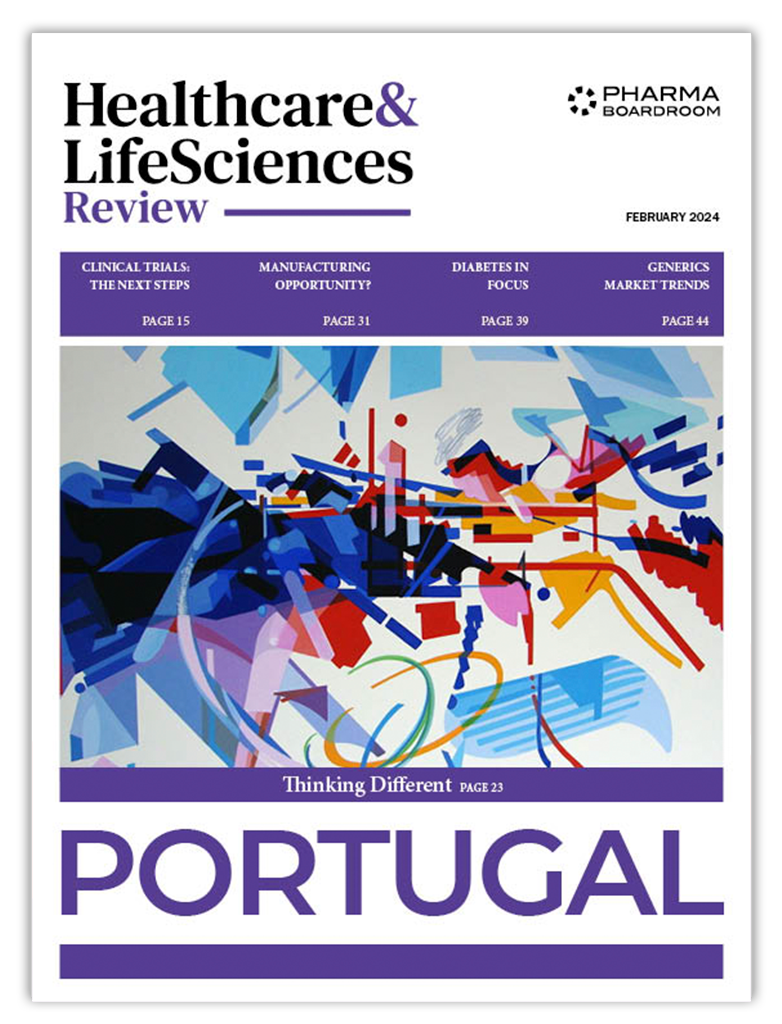China’s pharma market is growing at an unprecedented pace and has become a key element of virtually all pharma multinationals’ international strategies. However, with a spate of regulatory reforms being rolled out, it can be challenging for large organizations with headquarters located in slower-paced mature markets to adapt to China’s pace of change.
Change, Change, Change
Even during the brief period I have been here, I can already see the willingness to change and the speed of that change
Pius Hornstein, Sanofi China
China is the world’s most dynamic healthcare market, with spending topping USD 137 billion in 2018 and China affiliates already established a significant driver of Big Pharma’s sales growth. With regulatory updates and reforms being rolled out at a similarly stratospheric pace, multinational pharma companies are having to be especially agile to succeed there.
As McKinsey China’s Gaobo Zhou notes, “In the early 2010s when China’s healthcare reform had just begun, we were already very impressed with the speed at which reimbursement coverage was being rolled out, for instance. However, we also thought there remained areas in need of improvement. In the past three to four years, the speed at which the National Medical Products Administrations (NMPA) have unrolled their reform initiatives has further exceeded my expectations.”
Sanofi China Country Chair Pius Hornstein adds, “Even during the brief period I have been here, I can already see the willingness to change and the speed of that change, from the more frequent updating of the National Reimbursement Drug List (NRDL) to new policies catering to established products like the 4+7 policy and the generics quality consistency evaluation (GQCE) – which we have seen in other countries but never in China.”
This change has already had an impact, as Zhou explains: “The major impact of the reforms has been the acceleration in the approval, launch and reimbursement of new and innovative drugs while healthcare expenditure shifts away from more mature products.” He does, however, caution that “This is positive for the overall healthcare ecosystem, but it is important to fully understand the potential opportunities and challenges associated with these changes and the pace at which they are occurring.”
Julio Gay-Ger, president and GM of Lilly China concurs, noting that, “the Chinese pharmaceutical market is advancing very quickly in terms of accelerated market approvals, reimbursement, policies promoting innovation and so on. These are all very positive developments but do create dynamics of uncertainty and risk.”
Moving Too Fast?
Being agile enough to adapt to such a dynamic market poses a challenge, especially for larger companies. Hornstein, of French-headquartered Sanofi, states that “The main challenge for us is how to adapt as a large affiliate with nearly 10,000 employees to such a fast-changing environment, particularly as our global headquarters sits in a more mature market where the pace of change is not the same. This is not a challenge unique to us; many global players in pharma as well as other industries with HQs in the US or Europe are facing the same challenge. We must have our long-term vision, but we must also be flexible enough to align it with current events.”
Hornstein continues, “Take the 4+7 policy, for instance. It was first proposed by the government in late-2018 and the industry thought it might take a long time to implement but by April 2019, it was in place! Now they are revising the pilot program. What is impressive is that the government is extremely clear on their vision but also adaptive and very skewed towards learning. Their learning curve is very pragmatic and certainly much faster than in other markets.”
Let’s Talk
There is so much news coming out of China that it can become overwhelming, particularly compared to mature markets
Lorena Di Carlo, Lundbeck China
For Lorena Di Carlo, China general manager of Danish CNS specialist Lundbeck, quality and frequent communication with company headquarters is key to overcoming these issues. She asserts, “One thing that I believe China GMs need to do very often is to explain and contextualize the changes – as well as the speed of change – to our headquarters.”
Di Carlo adds, “There is so much news coming out of China that it can become overwhelming, particularly compared to mature markets. Things move rapidly in China – and many of the changes in China are in fact very positive. Therefore, it is also important for us to contextualize all the news and also provide reassurance. Part of this need also involves the recognition that in a market like China, it is important to keep a long-term view.”
McKinsey’s Zhou believes this communication is a two-way-street and urges global executive teams to get as much exposure to, and therefore understanding of, China as possible. He states, “In the near term, what is important and feasible is for current CEOs and executive teams to gain that China experience and exposure by visiting China. This does not mean coming once a year to conduct an annual business review but thoughtfully and strategically planning a series of meetings with the relevant stakeholders.”
Zhou continues, “This includes identifying the specific stakeholders that specific executives should meet at provincial, municipal and local levels; identifying the relevant conferences to attend; identifying the messages that need to be delivered to each stakeholder and on each platform – and so on. These are very micro decisions. I have seen some companies being extremely successful in orchestrating these types of high-level China visits and having productive dialogues.”
Enduring Importance
Regardless of the difficulties inherent in doing business in China and keeping up with regulatory shifts, China remains a vital cog in all multinationals’ strategies and one they cannot afford to get wrong.
As Sanofi’s Hornstein points out, “A couple of years of changes or challenges linked to ongoing policy changes do not alter the fundamental potential of Sanofi China. For instance, the overall healthcare market in China today is EUR 1 trillion. Our internal projections say that this will double to EUR 2 trillion by 2030. The pharma market is EUR 120 billion currently and we think it will more than double to EUR 280 to 300 billion. In terms of overall GDP, we believe – in line with some external bank assessments – that China will overtake the US by 2030.”



